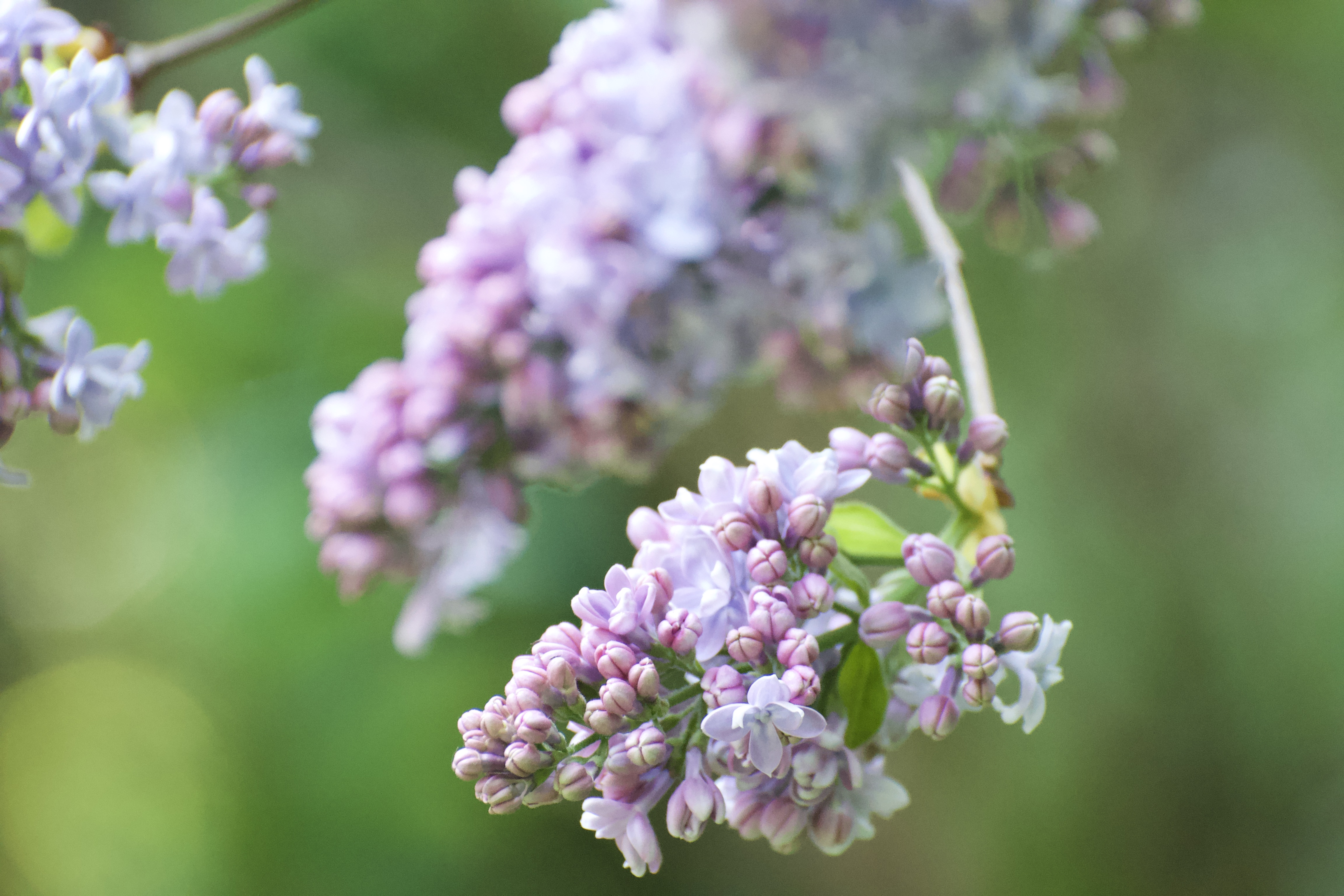Today you have to do your part – I did mine by photographing the lilac bush in the garden and also going back to the archives to pick photographs from a place I would usually visit right now. It is a funky little garden north of here in Washington, planted over a century ago with countless species of lilacs. Your mission, should you choose to accept it, is to use your imagination to provide the smells, some of the most fragrant of all of spring.

Hulda Klager was a German immigrant in the late 1800s, who got her hands on a book about hybridization in 1903. She started hybridizing lilacs two years later and from then on there was no stopping her. Her reputation grew, people ordered, communities vied for being the recipient of the newest annual variety, and she pretty much did it on her own.
Edouarde Manet White Lilacs in a Glass (ca. 1882)


Even the large Columbia River flood of 1948 which basically eradicated her garden was tackled by her with absolute determination: people would return saplings of many of the plants purchased across the years so she could start the garden fresh. She lived to the ripe age of 96 and the garden was eventually taken on by the Woodland Federated Garden Club who founded the Hulda Klager Lilac Society and managed to have the place dedicated as national landmark.
Lawrence Preston Lilac Study #2 (2011)


It is small. It is fragrant. It is weirdly old-fashioned at first sight, the house in some ginger bread way and the garden art leaning towards fairies. It is busy with tourists for exactly two weeks a year, by the busload pre-Covid.
Christiaen van Pol Lilac Blossoms (ca. 1800) – Philly friends you can see this at PMA!


It is also a place of true beauty, capturing the love and skills of a plant enthusiast and the many volunteers in her footsteps who have made preservation possible. I am always amazed at the dedication of people who love plants that bloom for only a microsecond – lilac and peonies among them.
Peter Faes A Marble Vase with Lilac and other Flowers on a Marble Shelf (Undated)


I am truly sad I won’t make it there this year. Maybe next.

Rachmaninoff’s Lilac captures something very specific at the end of the short composition – the way the little parts of each blossom drift down like confetti when the bloom nears the end. I love that piece, here played by the composer himself.
Vincent van Gogh Vase with Lilacs, Daisies and Anemones (1887)


And here is Lilacs by George Walker commissioned by the Boston Symphony Orchestra that won the Pulitzer Prize for music in 1996.


Gustave Baumann A Lilac Year (Woodcut 1951)







Anita Helle
A thousand thanks for the beauty of these lilacs, in photography and on canvas. What a fresh morning, thanks to these images!
Carl Wolfsohn
We will be up to the challenge!